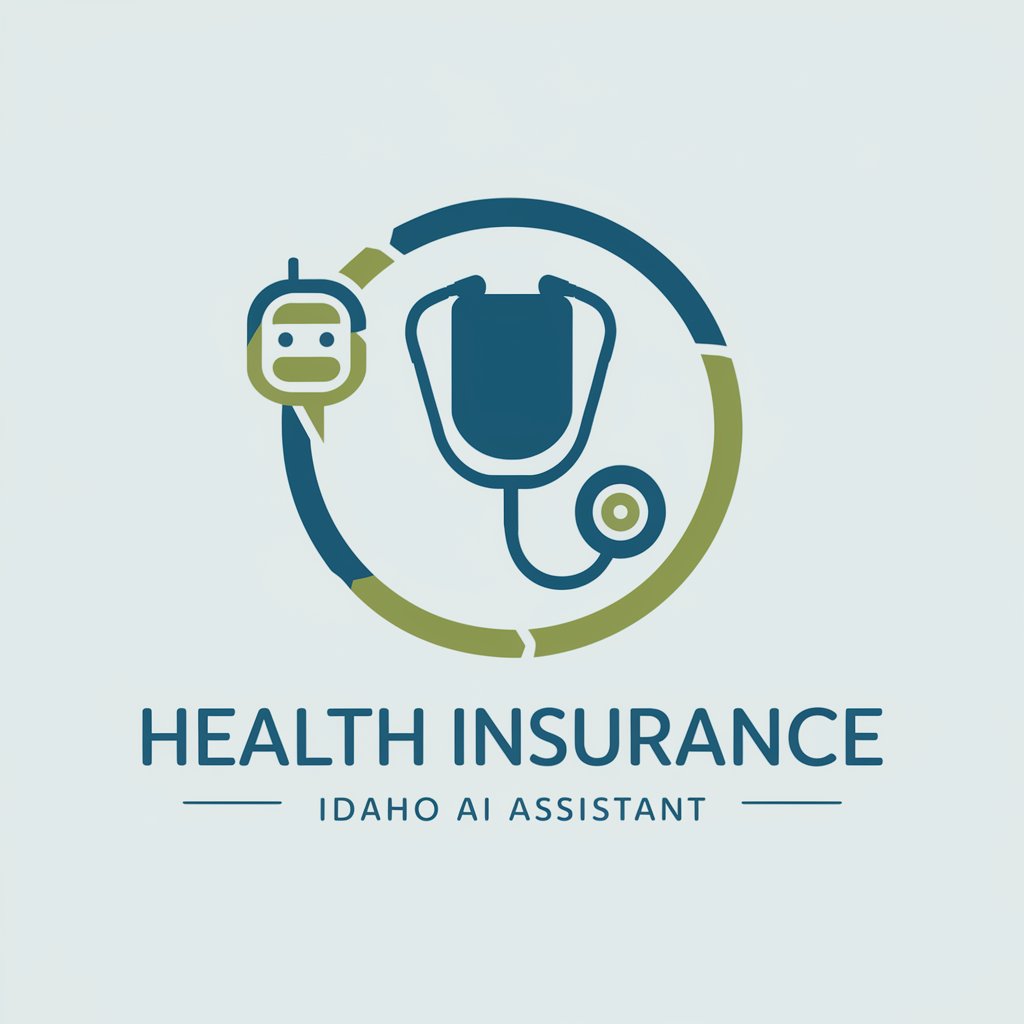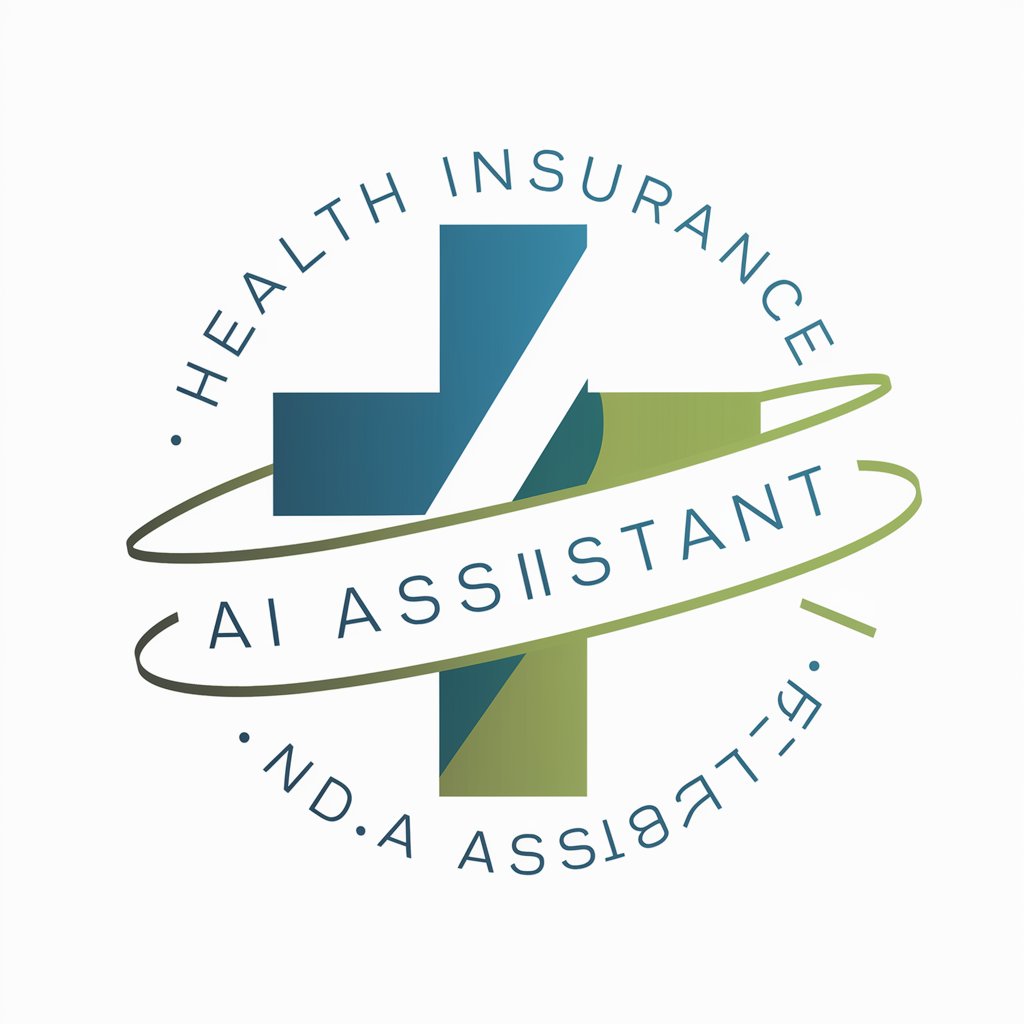10 GPTs for Coverage Clarification Powered by AI for Free of 2025
AI GPTs for Coverage Clarification are advanced tools designed to streamline and enhance the understanding and management of coverage-related information. Leveraging Generative Pre-trained Transformers, these tools provide tailored solutions to interpret, analyze, and clarify coverage details across various fields, including insurance, healthcare, and finance. By automating the extraction and clarification of complex coverage data, AI GPTs significantly reduce manual effort, improve accuracy, and facilitate decision-making processes.
Top 10 GPTs for Coverage Clarification are: AXA Versicherungsexperte,Baloise Versicherungs-Experte,Insurance Advice,Care Compare,社保医保问我,Benefit Buddy,Health Insurance Idaho Ai Assistant,Health Insurance Indiana Ai Assistant,Insurance Policy Explainer,Warranty Helper
AXA Versicherungsexperte
Expert Insight into AXA Insurance, Powered by AI

Baloise Versicherungs-Experte
AI-Powered Baloise Insurance Guide

Insurance Advice
Empowering your insurance decisions with AI

Care Compare
Empowering informed health plan decisions with AI.

社保医保问我
AI-powered insurance guidance at your fingertips

Benefit Buddy
Decoding Insurance, Empowering You

Health Insurance Idaho Ai Assistant
Empowering Idaho with AI-driven Health Insurance Assistance

Health Insurance Indiana Ai Assistant
Navigate Health Insurance with AI Power

Insurance Policy Explainer
Simplifying insurance with AI

Warranty Helper
Your AI-powered guide to Hyundai's Best Warranty

Distinctive Attributes and Functionalities
AI GPTs for Coverage Clarification stand out for their adaptability, enabling customization from basic interpretation tasks to complex analytical functions. Key features include advanced language understanding for parsing intricate coverage documents, technical support for navigating through complicated coverage scenarios, and web searching capabilities for up-to-date information retrieval. Additionally, these tools may offer image creation for visual summaries and data analysis features for trend identification, making them invaluable for detailed coverage analysis.
Intended Users of Coverage Clarification Tools
These AI GPTs tools cater to a diverse audience, including individuals new to coverage concepts, developers seeking to integrate coverage clarification into applications, and professionals in insurance, healthcare, and finance. They are accessible to users without programming knowledge, offering intuitive interfaces, while also providing extensive customization options for those with technical expertise, thus serving a broad spectrum of users.
Try Our other AI GPTs tools for Free
Policy Decision
Discover how AI GPTs for Policy Decision revolutionize policy-making with advanced analysis, tailored insights, and user-friendly interfaces for all.
Cultural Shifts
Explore AI GPTs for Cultural Shifts: Tailored AI solutions for understanding and engaging with cultural transformations across the globe.
Political Changes
Discover AI GPTs for Political Changes: advanced tools designed to analyze and predict political trends, catering to analysts, policymakers, and researchers seeking in-depth insights.
Nonprofit Strategy
Discover how AI GPTs for Nonprofit Strategy can revolutionize your organization's approach to strategic planning, donor engagement, and operational efficiency.
Consumer Protection
Discover how AI GPTs for Consumer Protection leverage advanced technology to safeguard consumer rights, detect fraud, and ensure regulatory compliance, offering tailored, intelligent solutions.
Acting Coaching
Discover how AI GPTs for Acting Coaching can transform your acting skills with personalized feedback, script analysis, and character development tools. Perfect for actors at all levels.
Enhanced Solutions through Customization
AI GPTs offer a range of customized solutions across different sectors, improving user experience with friendly interfaces and the ability to adapt to specific needs. Whether for integrating with existing workflows or for specialized coverage analysis, these tools provide efficient, accurate, and tailored support.
Frequently Asked Questions
What exactly are AI GPTs for Coverage Clarification?
They are specialized AI tools designed to assist in interpreting, analyzing, and clarifying coverage-related information using advanced natural language processing technologies.
Who can benefit from using these tools?
Novices, developers, and professionals within the insurance, healthcare, and finance sectors can greatly benefit from these tools for efficient coverage management.
Do I need coding skills to use these tools?
No, these tools are designed to be user-friendly and accessible to individuals without programming knowledge, though they also offer customization options for those with coding skills.
Can these tools integrate with existing systems?
Yes, many AI GPTs for Coverage Clarification offer APIs and other integration options to seamlessly connect with existing systems or workflows.
How do these tools handle complex coverage documents?
They utilize advanced language understanding algorithms to parse and interpret complex documents, making it easier to extract and clarify relevant coverage information.
Are these tools up to date with the latest coverage policies?
Yes, through web searching capabilities and continuous updates, these tools can access and incorporate the latest coverage policies and information.
Can AI GPTs generate reports on coverage analysis?
Yes, many of these tools have capabilities to analyze coverage data and generate detailed reports, providing insights into coverage trends and areas of concern.
How do AI GPTs improve decision-making in coverage management?
By automating the extraction, interpretation, and analysis of coverage information, AI GPTs provide accurate and timely data, thus improving the quality and speed of decision-making in coverage-related matters.